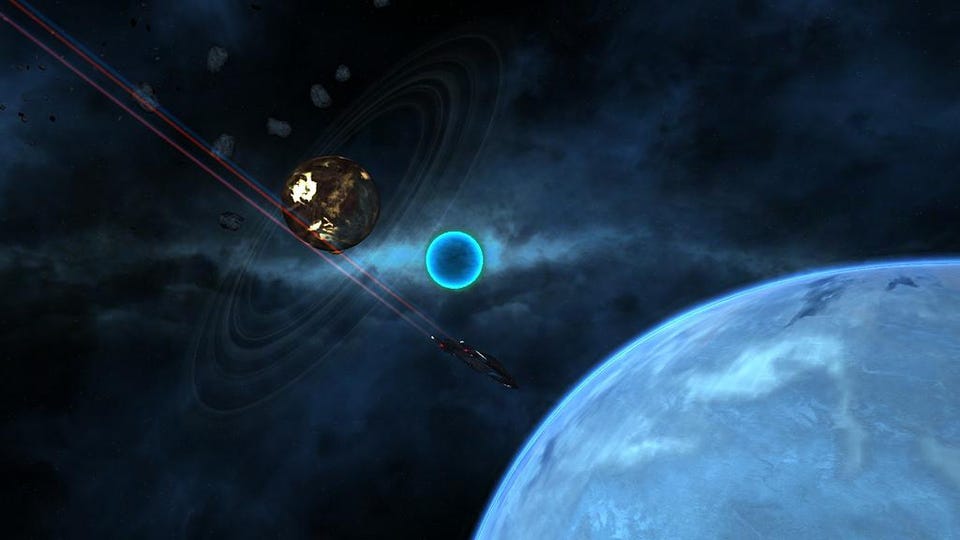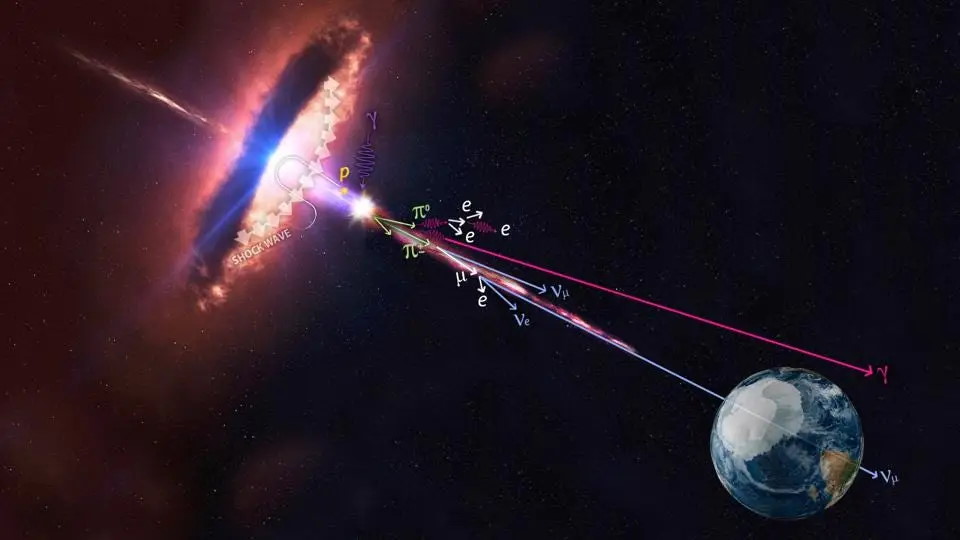Futurist Vivek Wadhwa predicts change “at a scale which is unimaginable before,” thanks to advances in technologies like robotics and 3D printing. “New trillion dollar industries will wipe out out existing trillion dollar industries,” he says. “This is the future we’re headed into, for better or for worse.”
Vivek Wadhwa: One of the things that has begun to worry me is the fact that I'm seeing change happening at a scale which is unimaginable before and that it's impacting industry after industry after industry. Every industry I've looked at I've seen a trend of major disruption happening. Manufacturing is the most obvious. With robotics and 3-D printing, as of this year, it is cheaper to manufacture in the United States than it is in China. It is cheaper to manufacture in Europe than it is in China. Why is that? Because with automated robots that have two arms, that have screens, which show you their emotion, with the sensors they have around them, I'm talking about Baxter from the Rethink Robotics or Universal. These robots have become very sophisticated. The cost of operation is less than the cost of human labor. So we can now have robots working 24/7 doing the things that human beings did. Give it five years and these robots will become ever more sophisticated. They'll be doing many, many more jobs, which means that the manufacturing industry is going to be disrupted in a very big way. The good news for America is that it's coming back here. The good news for Europe is that it's coming back there. The good news for Asia is that it's also going to become a local industry. Bad news for China because it's no longer going to happen in China.
So, by the end of the decade you're going to see major upheaval in manufacturing, opportunities and problems. Move into the next decade, these robots will probably go on strike because we won't need them anymore. We'll have 3-D printers now. Within 15 to 20 years we'll be able to 3-D print electronics. So imagine being able to design your own iPhone and print it at home. That is what becomes technically feasible in the 15 to 20 year timeframe. So you're talking about major disruption happening to manufacturing in the short-term and then even greater disruption happening in the long term. Now look at finance. We're seeing the turmoil that Bitcoin is creating. You now have many parties supporting it. Well, you also have crowdfunding shaking up the venture capital industry that they've become less relevant. We'll soon have crowdfunding for loans that in some countries already they're experimenting with taking out loans by if you want to buy a house, if you want to buy a car you simply get it from a large number of people.
You're now moving into cardless transactions for purchasing goods. We may not need the banks anymore. We may not need financial institutions the way we do right now. So there's going to be disruption happening to financial services whether or not financial services realizes it. In the USA they seem to be complacent because they've got laws protecting them. But the same laws don't apply in other countries. We may well have major innovations happening abroad which come now to the United States. Look at healthcare. That already we now have Apple putting a stake in the ground saying we're going to be the platform for health. They basically have announced their health platform. What they want is that all of these new sensor devices that are becoming common, which monitors your blood pressure, which monitors your blood oxygenation, which monitors your heart beats, which monitors your temperature, which monitors your activity levels, and soon which will monitor your blood glucose and monitor your internals. They want all of this data being uploaded to the Apple platform. Do you think Google will be left behind? Do you think Microsoft will be left behind? Do you think Samsung will be left behind? Everyone is jumping into the act. But soon when you have all of this data, we'll be able to transform the healthcare industry because we will be able to predict when someone is about to get sick. We will have AI based physicians that can advise us when we're about to get sick, that can advise us on what we need to do to get healthy.
So, the problem that doctors have right now is that the data that they get back from medical tests is so complicated that they can often not understand it, especially in fields like cancer. If you look at the reports, and I've seen some of these reports, they're incredibly complex. Add to it the genomics data we're going to be getting. The cost of human genome sequencing has dropped to $1000 over the last 15 years. At the rate at which we're going, the cost of sequencing will be practically zero, which means that we'll all have genomes done. Combine that with the medical sensor data, combine that with the data that we have in the cloud and you've got a healthcare revolution. We won't need doctors for day-to-day medical advice anymore. We'll have robotic surgeons doing sophisticated surgery. So we're going to impact the medical profession. We're going to now upend the entire healthcare system the way we know it all in the next five to ten years. People don't seem to understand this.
Now look at the energy industry. We're fighting wars over oil. Five years ago we worried about America running out of oil, today we're talking about Saudi America because of fracking. Fracking is a harmful technology, nevertheless it has allowed America to become energy independent and soon to become an energy exporter. Forget about fracking. Solar itself is something we've become negative about, but solar has dropped about 97.2 percent over the past 35 years in price. At the rate at which solar is advancing, by the end of this decade we achieve grid parity in the United States. Grid parity means it's cheaper to produce energy at home on your solar cells then buy it from the grid. Move forward another ten years. It costs you 100th as much to produce your own energy then to buy it from the grid, which means that we have these grid companies now in serious trouble. This is why you have the utilities fighting solar. They're now started opposing solar subsidies. They're now doing everything they can to stop the solar industry. Because on it's own solar, if it keeps advancing the way it will and there's every indication that it will, it's going to eclipse the fossil fuel industry. And solar is one of maybe a hundred technologies that are advancing, which will change energy industry.
So now you have unlimited energy, well guess what? We have unlimited clean water because we can simply boil as much water as we want and we have unlimited water. We can now have vertical farms in which we grow food locally. Imagine now having 100 percent organic food where you don't have to have insecticides and so on pumped into it because you have it produced in sealed buildings, in vertical farms. Imagine now being able to 3-D print meat so we don't have to slaughter animals. So we're talking about upending agriculture and the entire food production industry. So I can go on and on and on. Every industry I've looked at I've seen major disruption. Even good old communications, look at the impact AT&T, Verizon and Sprint will suffer over the next decade or so. They have seen the landline business disappear. Landlines went to mobile and then now we have data. I mean when I travel abroad right now I don't make long-distance calls anymore because I just call over Skype. Imagine when we have Wi-Fi everywhere? AT&T and Google are competing now to wire up regions with superfast Internet access. What happens now when you have open networks everywhere so you can make phone calls over Wi-Fi networks? We're talking about disrupting the communications industry.
I can go on and on and on but every industry I look at I see a major disruption happening. So the world ten to 15 to 20 years from now is going to be completely different. We're going to be disrupting industry after industry after industry. The vast majority of companies who are the leaders right now may not even exist because the problem is that not only are people not aware of it, most industry executives dare not invest the type of money that will be required for them to reinvent themselves. They dare not put themselves out of business. So major disruption is coming. Our industry heads are worried about shorter performance. They dare not see this future we're headed into so they're going to be disrupted. We will have new industries coming out of nowhere eclipsing these old line industries. New trillion dollar industries wiping out existing trillion dollar industries, this is the future we’re headed into, for better or for worse.
Directed/Produced by Jonathan Fowler, Elizabeth Rodd, and Dillon Fitton





